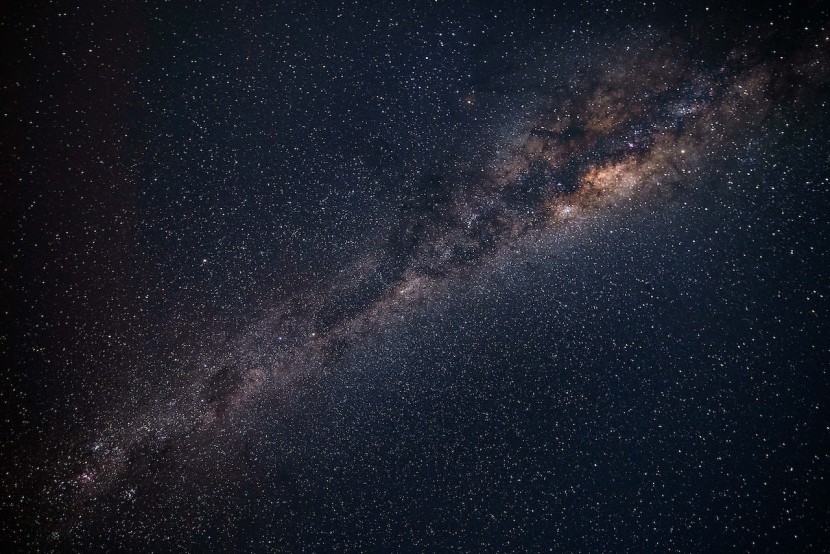
Researchers have discovered a pair of stars in what they call a "cataclysmic variable system" and found that the smaller white dwarf is consuming its larger star counterpart.
While roughly half of all known stars in our galaxy are solitary, just like our own Sun, the other half comprises ones that circle other stars, in pairs and multiples, with orbits so tight that some stellar systems could fit between Earth and our moon.
Cataclysmic Variable System
Astronomers from MIT and others have now found a stellar binary, a pair of stars, that have an extremely short orbit, where they circle each other every 51 minutes. The newly-discovered system seems to be one of a rare class of binaries that are known as a cataclysmic variable where a star similar to our Sun orbits tightly around a white dwarf.
This type of binary system occurs when the two stars draw close to each other over billions of years, causing the white dwarf to start accreting or consuming material away from its partner star. This process can give off enormous, variable flashes of light that, hundreds of years ago, astronomers assumed to be a result of some unknown cataclysm, as per MIT News.
The team named the system ZTF J1813+4251, which is unlike other such systems observed in the past. Astronomers discovered the system as the two stars eclipsed each other multiple times, allowing the team to precisely measure the properties of each cosmic object.
Using the measurements, the team ran simulations of what the binary system is likely doing today and how it should evolve over the next hundreds of millions of years. The researchers concluded that the two stars are currently in transition and that the sun-like star has been circling and "donating" much of its hydrogen atmosphere to the smaller yet voracious white dwarf.
According to IGN, one of the authors of the study, Kevin Burdge, used a computer algorithm to sort through the ZTF catalog in order to find flashes in the light signature of distant bodies that would suggest the presence of two closely orbiting stars.
Read Also: NASA, SpaceX Eye Potential Orbital Boost To Add Years of Operational Life to Hubble Space Telescope
Flashes of Light
This showed up to around one million stars out of the billion-strong database and the newly-discovered system stood out among the candidates. Then, the powerful Gran Telescopio Canarias in Spain and the W.M. Keck Observatory in Hawaii conducted follow-up observations.
These observations discerned the radii, masses, and orbits of the two stars in the cataclysmic variable system. The sun-like star is roughly the same size as Jupiter with a mass the equivalent to 1/10th that of our Sun.
On the other hand, the white dwarf that it orbits is ultra-dense, which has a mass of roughly half as great as our Sun, packed into a space 1/100th its volume. The consumption of the white dwarf would most likely continue until all that remains of the larger star is a helium-dominated core.
MIT said that the variable system can emit "enormous, variable flashes of light" as a result of the hydrogen-sapping process between the two stars. The new study provides more information for astronomers to use in their study of the cosmos, Yahoo Finance reported.
Related Article : NASA DART Mission: Hubble, Webb Telescopes Capture Exact Moment Spacecraft Hits Asteroid
© 2025 HNGN, All rights reserved. Do not reproduce without permission.








